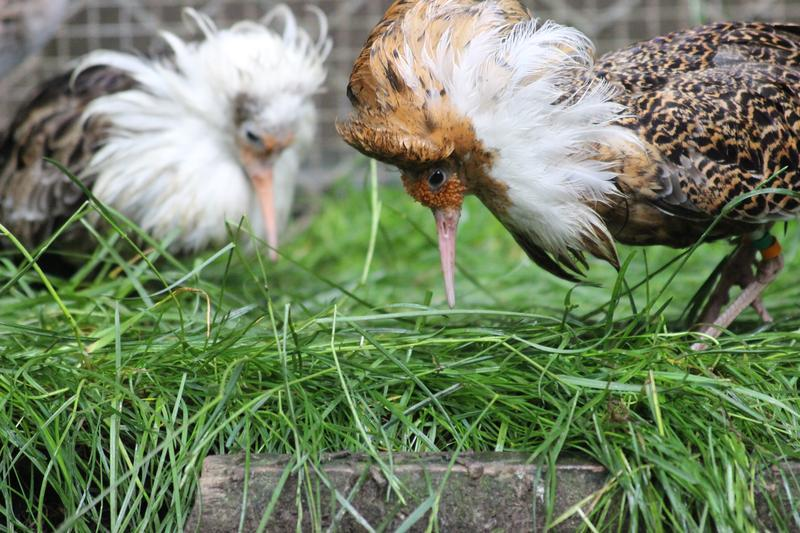Study results open door to heart failure treatment with 'heart patch’

Study results open door to heart failure treatment with 'heart patch’ The BioVAT-HF-DZHK20 clinical trial is currently investigating a unique approach to address the unmet medical need in patients with advanced heart failure. Implantation of a tissue engineered heart patch, called engineered heart muscle (EHM), is developed to repair the failing heart. The EHM patch is a lab-grown heart muscle made up of induced pluripotent stem cell-derived heart cells embedded in a collagen hydrogel . The foundation for the translation into clinical testing was established by simulation of the clinical treatment in rhesus macaques. The EHM patch is currently the only technology that allows safe and efficacious delivery with long-term retention of cardiomyocytes in the heart. An interdisciplinary team led by Professor Wolfram-Hubertus Zimmermann, director of the Department of Pharmacology and Toxicology at the University Medical Center (UM...






